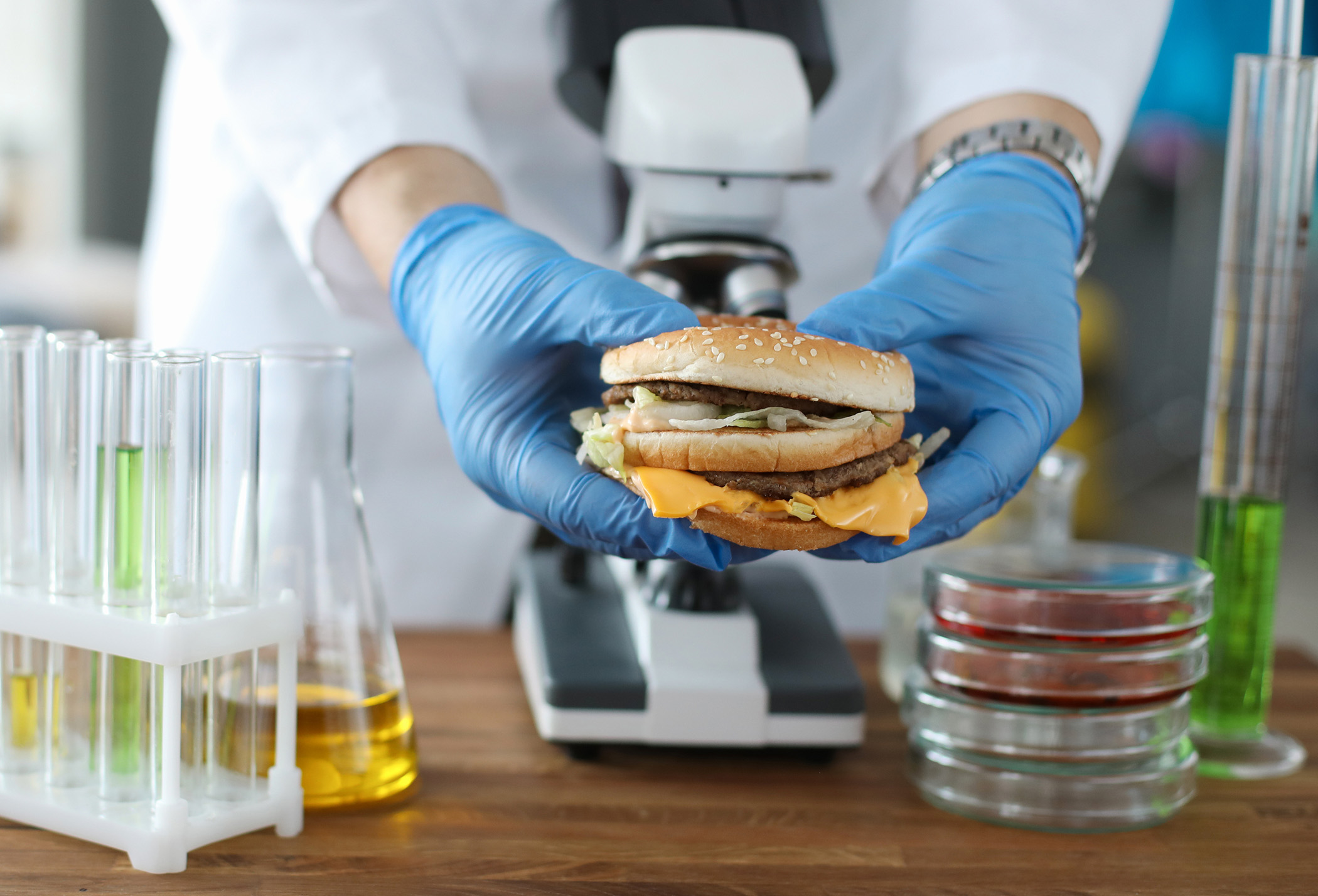No. But the Ultra-processed Ones Are
By Jamie Bussin
Your doctor, naturopath, dietician, nutritionist, holistic nutritionist and probably your mother have told you to eat whole foods and avoid processed foods when you can. But what is a whole food? Are all processed foods bad for you? It isn’t always clear. In 2009 researchers at the University of Sao Paulo, Brazil came up with a framework for grouping edible substances which is known as The Nova classification, in which there are four groups:
- Unprocessed or minimally processed foods
- Processed culinary ingredients
- Processed foods
- Hyper-processed foods
Generally speaking, the more unprocessed (whole foods) or minimally processed foods the better. Hyper-processed foods should be avoided. But how do we tell the difference between the classifications?
Unprocessed or minimally processed foods: The fruits and vegetables you find in the produce section of the grocery store are all unprocessed. Similarly the meat, fish and poultry from the butcher section. Minimal processing of foods occurs when the inedible portions are removed. For example when you buy a pineapple that’s been skinned and cored. As long as there is no salt, sugar, fat or other additives, a food preserved by canning or freezing would also be considered minimally processed. For example, flash frozen peas.
Processed culinary ingredients: These are edible substances made from unprocessed or minimally processed foods through processes like pressing, drying, grinding, milling or otherwise refining. They may be fortified with vitamins and minerals but are otherwise additive- free. They tend to be used for seasoning or cooking. Examples include flours, nut butters, oils, vinegars, sugar, honey and tree syrups and salt.
Processed foods: These are relatively simple food products made from unprocessed, minimally processed and processed culinary ingredients and preserved through processes such as canning, baking, boiling and non-alcoholic fermentation. They typically contain additives included for shelf stabilization and to prevent contamination. Examples include yogurt, cheese, canned fish, breads and some pastries.
Hyper-processed foods: These are industrially manufactured food products made up of multiple ingredients including combinations of sugar, oils, fats and salt (generally in higher amounts than in processed foods) and food substances of no or rare culinary use ie. high-fructose corn syrup, hydrogenated oils, modified starches and protein isolates).
There are more specific indications of processed foods:
- Unprocessed or minimally processed foods are absent or represent a small proportion of the ingredients in the formulation
- Foods made through industrial techniques such as extrusion, moulding and pre-frying
- Application of additives including those whose function is to make the final product palatable or hyperpalatable such as flavours, colourants, non-sugar sweeteners and emulsifiers
- Sophisticated packaging, usually with synthetic materials
- Processes and ingredients used are designed to create highly profitable (low-cost ingredients, long shelf life, emphatic branding), convenient (ready-to-(h)eat or to drink), tasteful alternatives to other food groups
- Include the presence of ingredients of no culinary use (varieties of sugars such as fructose, high-fructose corn syrup, ‘fruit juice concentrates’, invert sugar, maltodextrin, dextrose and lactose; modified starches; modified oils such as hydrogenated or interesterified oils; and protein sources such as hydrolysed proteins, soya protein isolate, gluten, casein, whey protein and ‘mechanically separated meat’)
- Include additives with cosmetic functions (flavours, flavour enhancers, colours, emulsifiers, emulsifying salts, sweeteners, thickeners and anti-foaming, bulking, carbonating, foaming, gelling and glazing agents)
Why should we care? A relatively recent study showed that 73% of food consumed in the United States is hyper-processed. One imagines that the numbers aren’t much different in Canada. Is it really surprising when roughly that percentage of shelf space in the grocery store is earmarked for processed foods?
I discussed this issue with researcher David Nelson on episode #242 of The Tonic Talk Show/Podcast. In 2019 a study was published speaking to the dangers of hyper-processed foods. In the study, all the subjects were inpatients at a hospital and could eat as much as they wanted. Their diet was controlled. One group could eat as much non/minimally processed or processed food as they wanted. The other group ate as much highly processed food as they wanted. The people that were eating the ultra-processed food diet on average ate 506 calories more per day. The foods being offered to both groups had essentially the same caloric value. What was happening was that those eating the hyper-processed foods were eating more processed foods. They wanted to eat more. And the ones who were eating the whole foods were more satiated by the foods that they were eating and therefore were not eating the extra calories.
To add further context: One pound of fat is generally considered to be 3,500 calories. So eating as much ultra-processed food as you want could result in you consuming an excess of 3,500 calories a week, or about one pound of additional fat mass, if you don’t burn through those calories.
The obvious answer is that we should avoid hyper-processed foods and eat more whole and unprocessed foods. But that doesn’t take into account other factors such as food costs and convenience. Processed foods are relatively inexpensive when you factor in extended shelf life. Not everyone has the time or skill to make tasty foods, even if they had the resources to buy only unprocessed or minimally processed ingredients. David agrees; “it is cheaper to buy 1,000 calories of ultra-processed food than it is to buy 1,000 calories of real food.” With food costs skyrocketing in the past few years it has become even harder for most of us to eat fresh whole foods.
And if that isn’t enough reason to avoid eating hyper-processed foods, a new study has shown that a diet heavy with hyper-processed foods leads to anxiety, depression, cancer and other serious conditions. Hopefully this article gives you some good ‘food for thought’ the next time you consider reaching for that hyper-processed snack.




